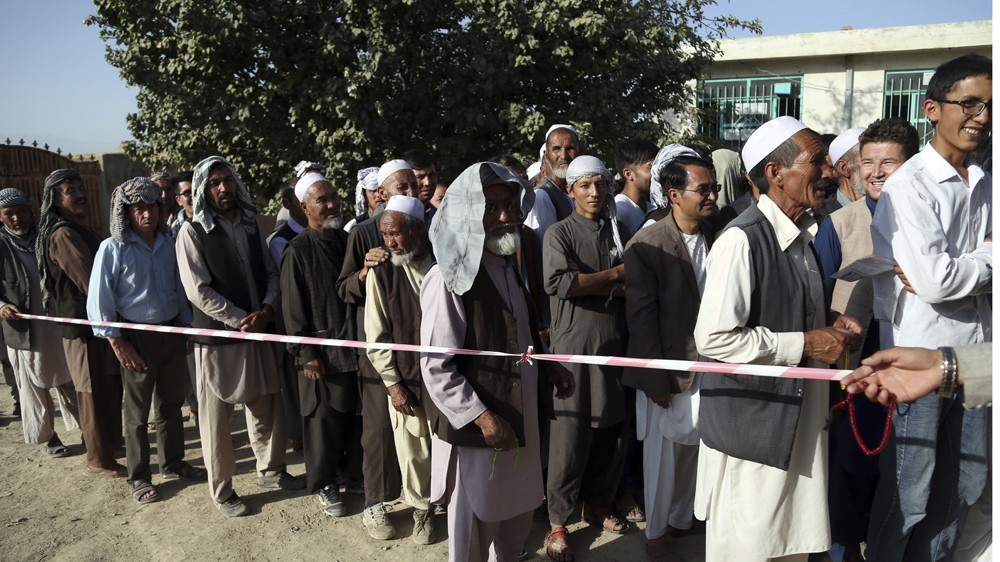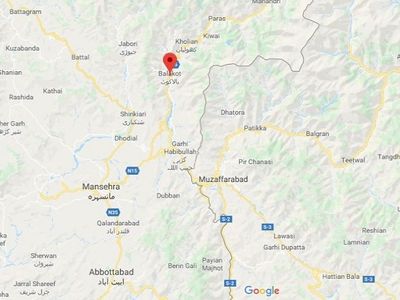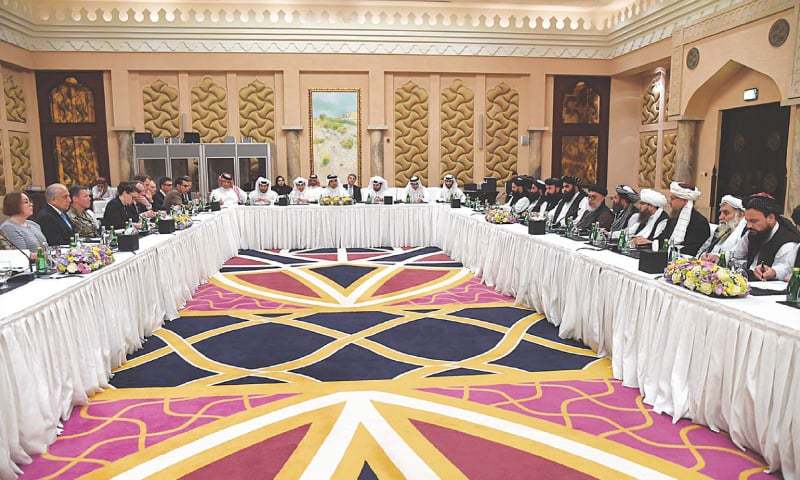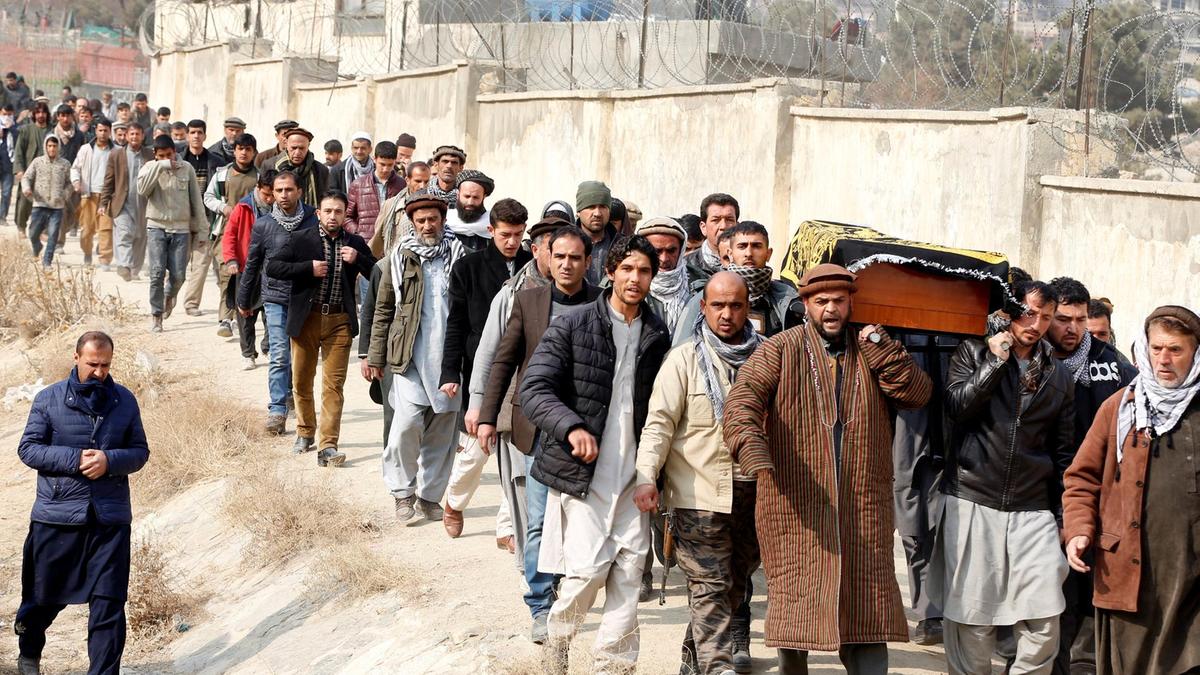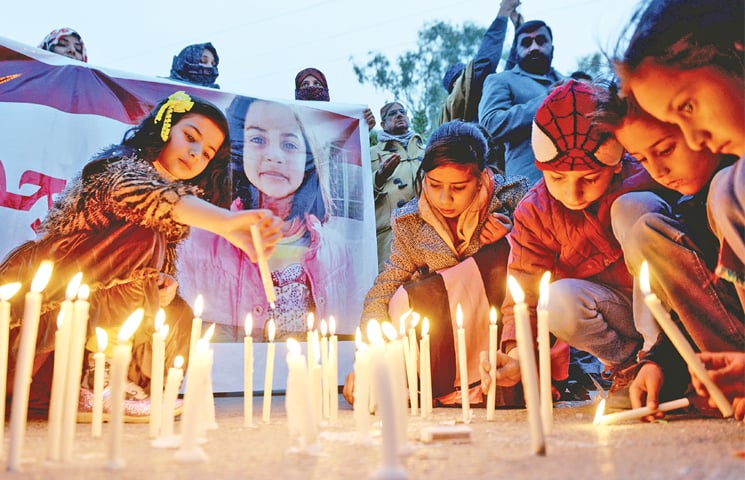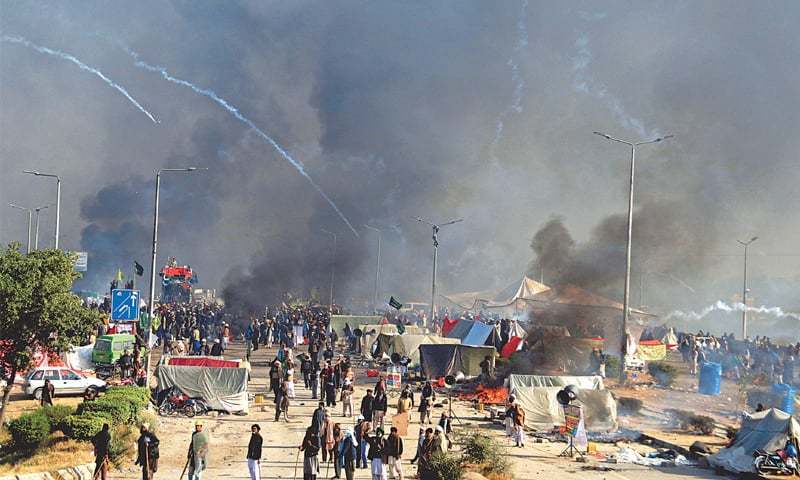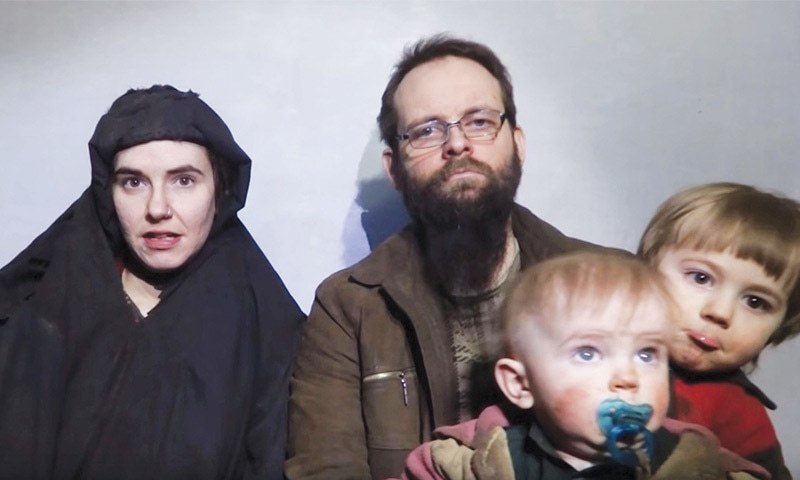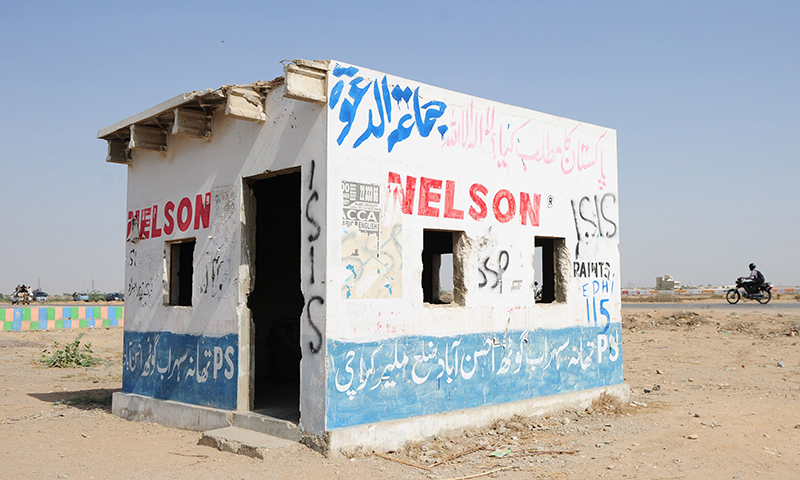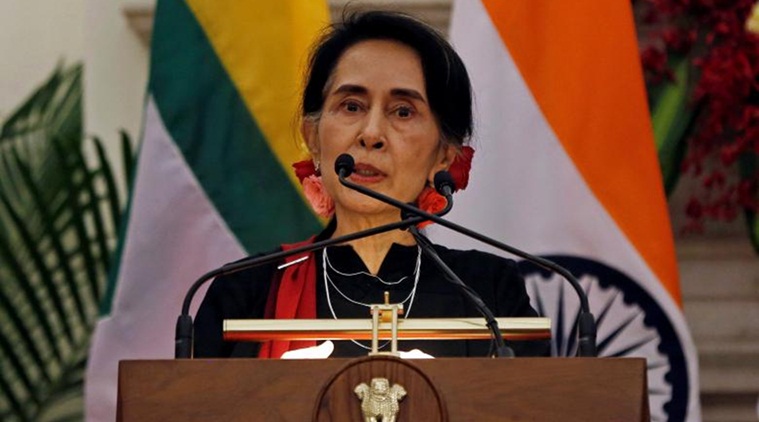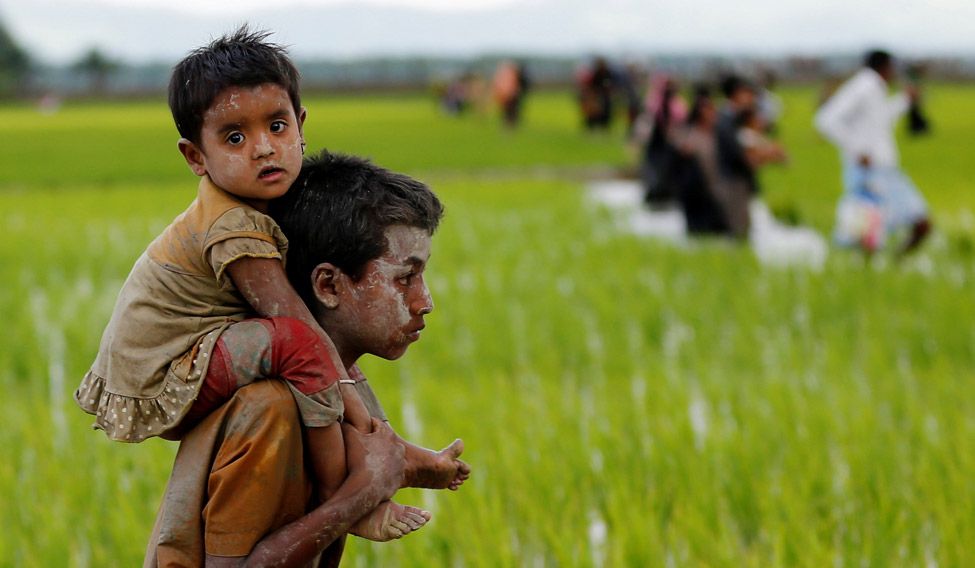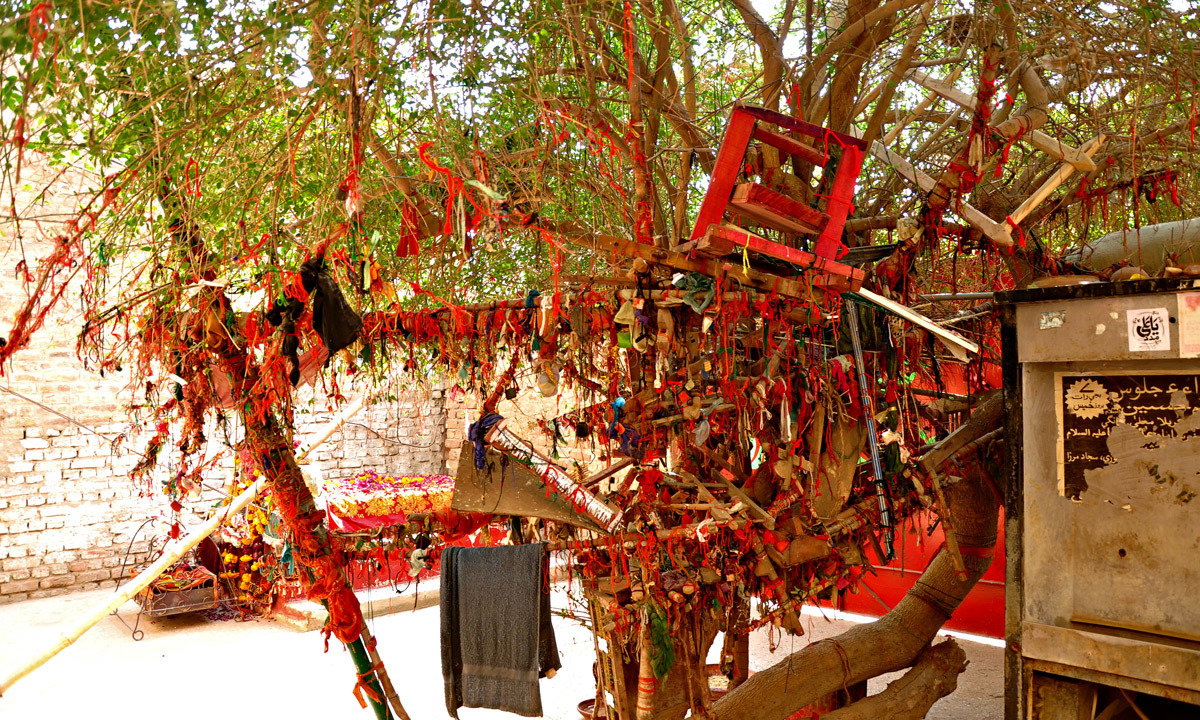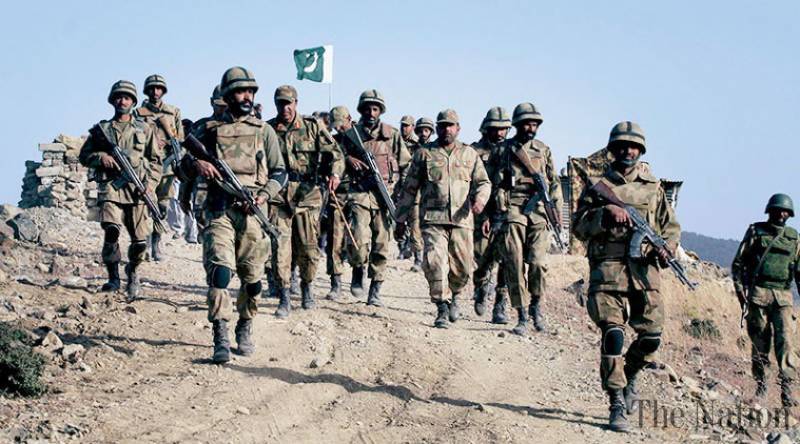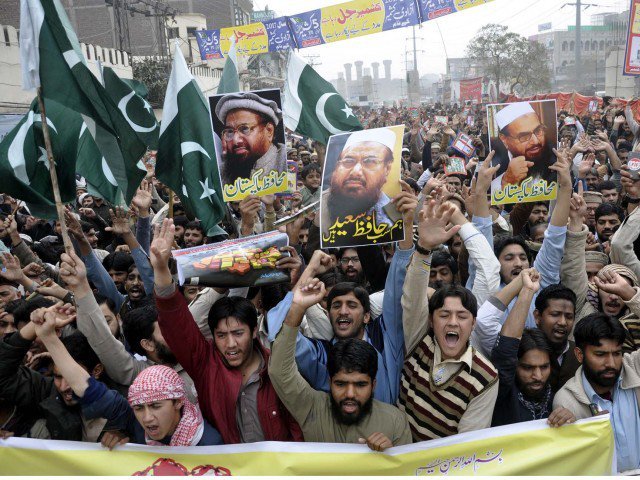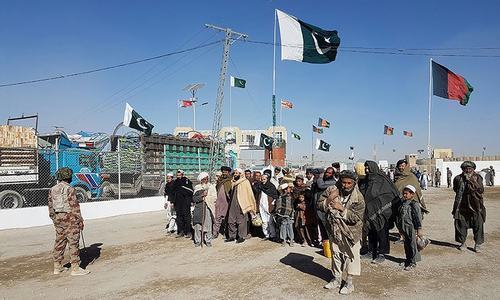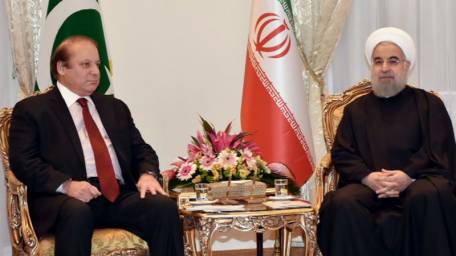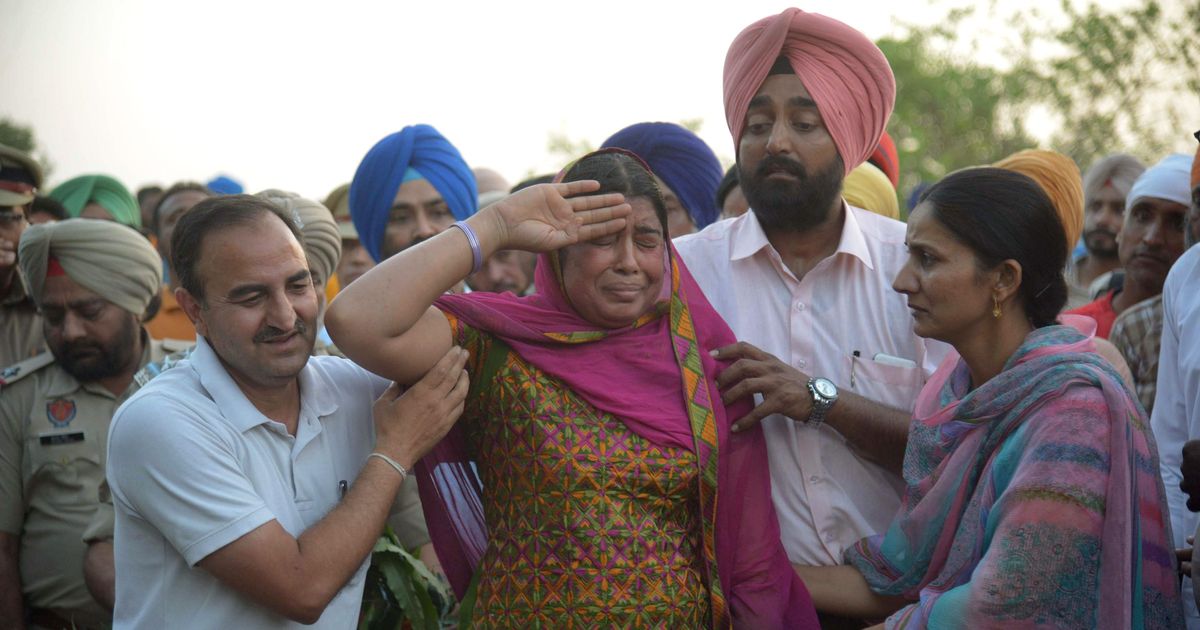
In Chhattisgarh’s context, the HUMINT network of the Naxalites is as good as the State; some security officials would even reluctantly agree – that the Naxalites have a better network when it comes to human intelligence.
Conflict Reader # 79, 31 March 2020
CR Brief
D. Suba Chandran
Professor
International Strategic and Security Studies Programme (ISSSP)
National Institute of Advanced Studies (NIAS), Bangalore
In March 2020, there was yet another Maoist ambush in the jungles of Sukma district in Chhattisgarh state in India.
A Maoist group led by Hidma laid a trap to a large group of security forces that was returning after a failed information regarding the gathering of left-wing extremists in the forests.
The Maoist ambush witnessed a cross-firing, leading to the killing of 17 security personnel in an ambush. The personnel were a part of a security operation, following information regarding the gathering of the Maoists in the forests of Elmagunda in Sukma district. The Maoist group also looted the weapons from the security forces that include 12 AK-47s, and a UBGL, an INSAS, and an LMG.
On the Maoists’ side, though the State has claimed the killing of a larger number of the extremists, the former in a statement has said that it has lost only three of its cadres.
This is not the first time that Sukma is in the news relating to anti-Naxal operations, and also a substantial casualty of the security forces. In March 2014, 16 people, including 11 from the Central Reserve Police Force (CRPF) were killed by the CRPF in an ambush. In December 2014, 14 from the CRPF were killed, again in the same district. In March 2017, 16 people, including 15 from the CRPF were killed in the border between Sukma and Bastar districts.
Sukma district has been the centre of counter-insurgency operations during the last ten years against the left-wing extremists in the State.
Geographically, the district has a substantial forest cover – 65 per cent. The dense forest cover is one of the primary reasons for the Maoists to operate in the district, conduct violent operations against the State, and escape from the security forces.
Administratively, the district is away from the State capital; the district capital is 400 km away from the State capital – Raipur and is approximately a ten hours’ drive. For the State capital, this would mean, Sukma is a periphery. Furthermore, for the district capital, this would mean – the challenge of providing effective governance – from running educational institutions to provide quality education, and maintaining a healthcare system dispensing effective care.
The State has been found wanting on both the sectors and has been focussing on these issues. Despite the efforts, getting quality teachers and doctors to work in a backward district (Sukma) of a backward State (Chhattisgarh) is not an easy task for the government. This is not a problem only in Sukma, but in many districts across the country, especially in the conflict regions, that are far from the state capital. The district administration in Sukma is paying for the neglect during the last seven decades. They are in for a long haul.
Demographically, the population is small – 2,70,000 with 65 per cent belonging to the tribal population with a literacy rate of a mere 29 per cent. The high level of the tribal population with a low level of literacy in the district is also one of the reasons for the success of the Maoist groups to influence the local youths ideologically.
Historically, the tribal population was left to fend for itself by the State. If there was an intervention from the State and the society outside, it was more exploitative. The tribal economy had limited supplies to deliver to the outside world due to the geographic isolation of the region. With the State being absent since the days of the British, the tribals in not only Sukma district, but the entire region, were left to defend themselves against the exploitation by the outsiders.
Though the land belonged to the tribals, the produce from it became a source of exploitation by the rest. Earlier it was just the individuals; now include the industry and mafia – from timber to mining. The Maoists feed into this exploitation with their slogans and ideology.
Politically, the district was created as an independent in 2012 from Dantewada, in the Bastar region of Chhattisgarh. The district is in the southernmost part of Chhattisgarh State and shares the border with three States – Orissa, Telangana and Andhra Pradesh. The administrative tri-junction of the district means – an administrative nightmare for the security forces to pursue the Maoists if they escape into any of these three States. At the ground level, registering the case in a police station and pursuing a legal case would mean a high level of coordination between the police, administration and courts. Unfortunately, this is yet to happen; as a result, the Maoists exploit the administrative loopholes to getaway.
The operation included 600 personnel drawn from three sources: the District Reserve Guards (DRG), the Special Task Force (STF) of the state police and the CoBRA commandos of the CRPF. According to available reports, the operation could not materialise, as the information about the gathering was false.
Sukma: Walking into a trap
The team, after the failed information was returning in two groups. More than 250 Maoists ambushed one of the groups, resulting in a crossfire – leading to the killing of 17 personnel. It was a trap that the security forces walked into.
In retrospect, it is easier to blame the security forces for falling for false information. Misinformation clearly led the raiding party, perhaps carefully planted by the Maoists themselves. There was information regarding one of the largest gathering of two companies of the Peoples’ Liberation Guerrilla Army (PLGA), and that the dreaded Maoist leader Hidma was there.
According to Durgesh Awasthi, the Director-General of Police (DGP): "It was the biggest yet congregation of the Maoists in the area from Bijapur and Sukma. Following the information our men went to fight them and were ambushed.” According to the Hindu, “despite the intelligence, they did not encounter even one Maoist and began their journey back, in two groups, to their camps at Chintagufa and Burkapal, not more than six kilometres apart as the crow flies.”
According to a later release by the Maoists, they had suffered only three casualties.
Where the Maoists dare: The Human Intelligence in Counter Insurgency Operations
The Hindu, in its editorial, has raised crucial questions: "It is yet to be convincingly explained how as many as 400 personnel so near did not rush to aid their uniformed brethren. Was it a leadership or assessment issue? Was there a communication breakdown? Was the initial intelligence properly vetted or was it bait? Was this entire operation properly supervised?”
It is also equally easy to blame the security forces for acting on faulty intelligence. In an insurgency situation, human intelligence is crucial for any counter-insurgency operations. During recent years, the security forces have also been using electronic intelligence to tap phones, decode messages and track emails. Given the enormity of electronic sources, gathering information and codifying the same into actionable intelligence is a gargantuan task. Tapping telephone, hacking emails and using drones – is not only a difficult job but also the democratic nature of governance impose its own problems in collecting intelligence using electronic sources. As a result, human intelligence assumes paramount importance in counterintelligence operations.
Security forces working on India's Northeast and Jammu and Kashmir in the past have faced this problem; it takes time to build a network, collect information and more importantly, to verify the intelligence inputs received. In this context, one has to appreciate the human intelligence network of the opposition. In Chhattisgarh’s context, the HUMINT network of the Naxalites is as good as the State; some security officials would even reluctantly agree – that the Naxalites have a better network when it comes to human intelligence. They not only gather intelligence but also plant false ones within the security forces. It is entirely possible that the information about Hidma’s presence and the gathering was a trap from the beginning.
Where the State lose: The Propaganda War
The State is never known for its ability to win the war in the media. It has never been ideologically communicative in public. While the State officials are known for their monotonous and non-sympathetic statements and responses, the Naxalites have always been rhetorically sound. The State has never been able to match the slogans of the Naxalites.
Take the case of the casualties in the Sukma operations. While the State has lost 17 of its security personnel, according to a Maoist release, published in an online source, they have lost only three. According to the Maoists' statement, published in the Firstpost, “Three of our comrades got martyred while fighting bravely with the security forces. While paying our tributes to our martyrs, we are determined to continue our struggle against the State and fulfil the unfinished job. It's a victory of the people (of Bastar) and PLGA.”
The Maoists are strong not only with their intelligence network but also have an excellent propaganda network and overground workers. As could be seen from the statement, the Maoists project their cause as a “war”, and their success as a “victory of the people”. The Maoists’ propaganda machinery is also matched by their over ground workers and their analyses supporting the former's claims and causes.
Why did the Maoists lose only three, whereas the security forces lost 17? First, it is not fair to compare the casualties of the two, based on the statements alone. Even if the Maoists have lost only three, one has to take it at face value. The Maoists never leave the bodies of their cadres. Second, the Maoists rarely make statements or press releases about their own casualties. They cannot afford to do it; it would affect their morale internally. On the other hand, the State cannot afford to hide the bodies of its security forces.
Third, it is also entirely possible that the security forces have a larger casualty than the Maoists. The Sukma operation was not a classic over-ground military operation in the plain sight. It was a counter-guerrilla operation in a thick forest; the security forces were trapped and ambushed.
Given the terrain and the nature of operations, the casualty is likely to be heavier on the State’s side. Unfortunately, this would be the case, until the State forces gain an upper hand.
For the security forces, it is a long haul.
Learning with Failures and Sacrifices
The above questions raised by the Hindu editorial are important, that needs to be answered. The State may never publish the lessons learned, but the security forces are bound to list the failure in their manual and use it in their internal training.
The presence of Hidma and the gathering of two companies of the PLGA is something that the security forces fighting the Maoists in the region could not resist. It was a risk and a bold attempt. Nevertheless, they took; and failed. But did they?
The security forces have been on a learning curve in understanding the Maoist strategies. The Maoists would set an ambush – with misinformation, to trap the security forces in a geographic terrain in the forests that would give them an advantage.
Another strategy has been to stage a minor attack to draw a larger team of security forces into the area and ambush them in a more significant number. One of the reasons why the reinforcement took time to get back into the areas where the firing was taking place for hours – is to avoid this trap.
The guerrilla warfare, especially by the Maoists in Chattisgarh, cannot be taught in any counter-insurgency manuals. This has been a harsh lesson, that the security forces have been learning in fighting the Maoists in the jungles.
As mentioned above, for the security forces, it is a long haul.
The Million Dollars question: What about the Administration and Development?
One of the biggest banes in India's counter-insurgency operations – not only in the Maoists regions but also in Northeast and J&K is the role of the administration, once the security forces clear the ground.
Besides the security forces, there are three vital leaderships – political, bureaucratic and judicial – that have to complement the military operations in the ground. Unfortunately, the political leadership in India has not complemented military operations. In many cases, it appears that the political leadership has outsourced the administration to the security forces, than its own bureaucracy.
The developmental activities led by the administration has to fill in the areas cleared by the security forces. Unfortunately, it is the local politics that fill in impacting the developmental activities. The inherent inertia within the bureaucracy then takes over. As a result, the work of the security forces gets undone; the State redeploys them.
Finally, the judicial system at the local level has to ensure there is justice. The judicial system in India is elaborate; many times, justice becomes its first casualty! The Maoists have been successful in exploiting the failure of the system to provide justice.
So, it is not just the security forces. It is the entire State, that has to be looking for a long haul. In a way, the State is. At least at the federal level. Since the days of Manmohan Singh and Chidamabaram, cutting across the party lines. The process is painfully slow.
For the process to move faster, the State governments also have to chip in. Their role is slower.
A short note on the above brief was first published as Conflict Alert

